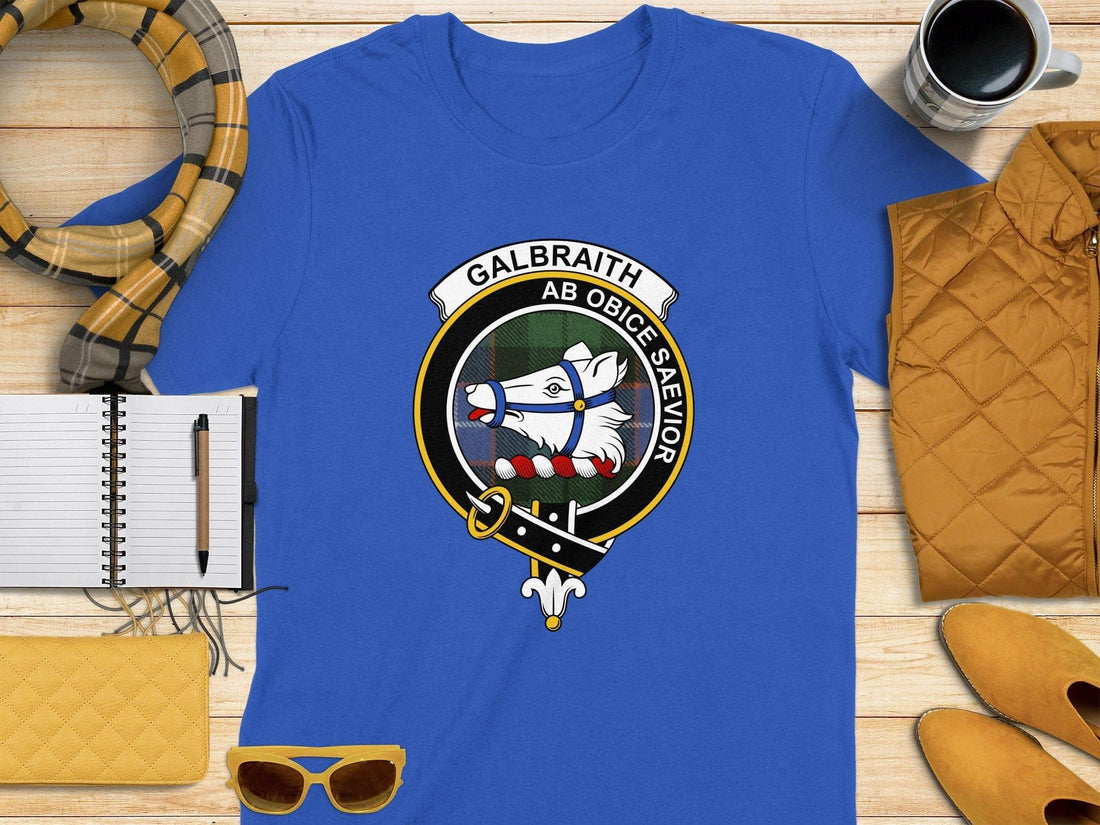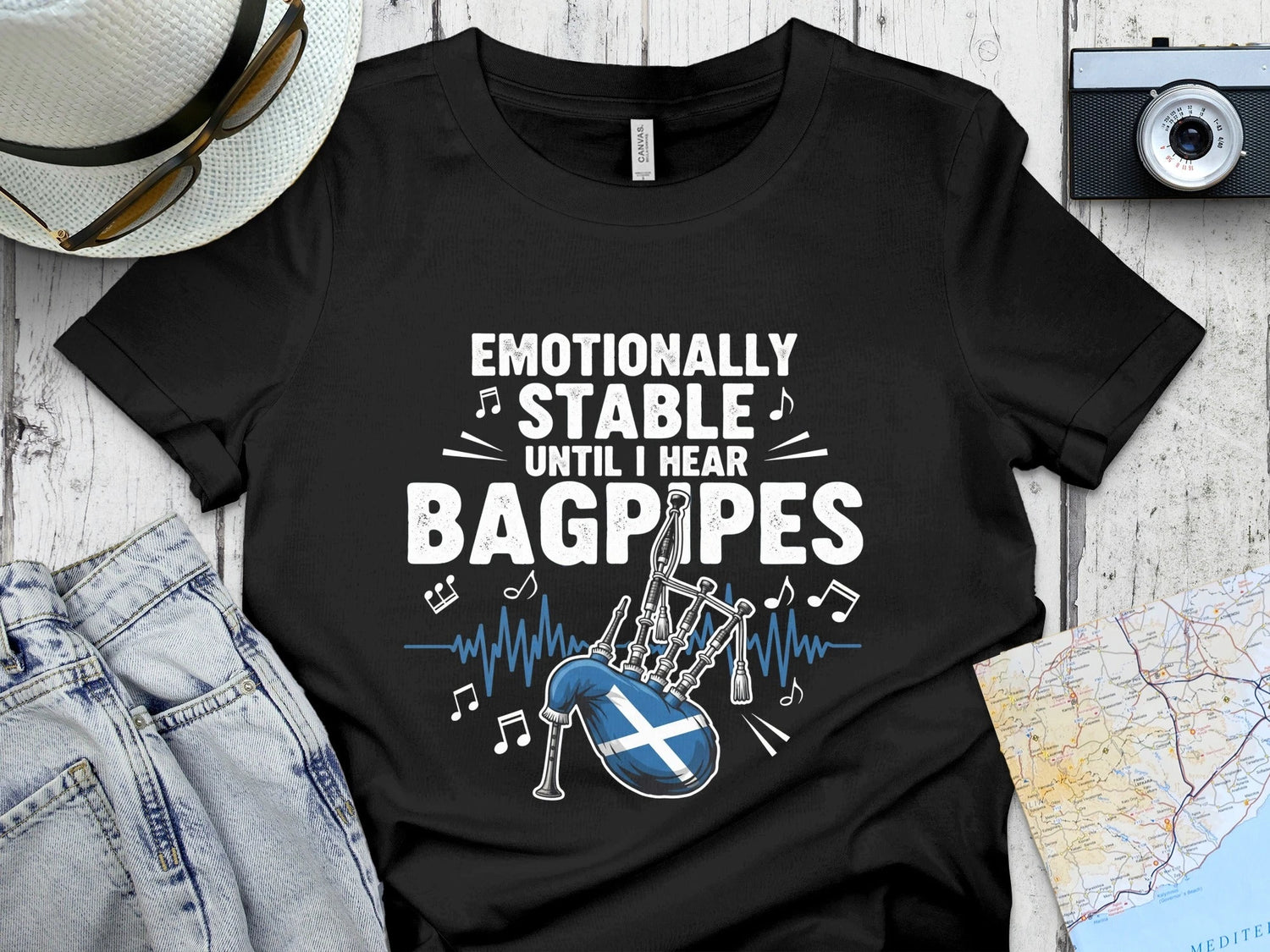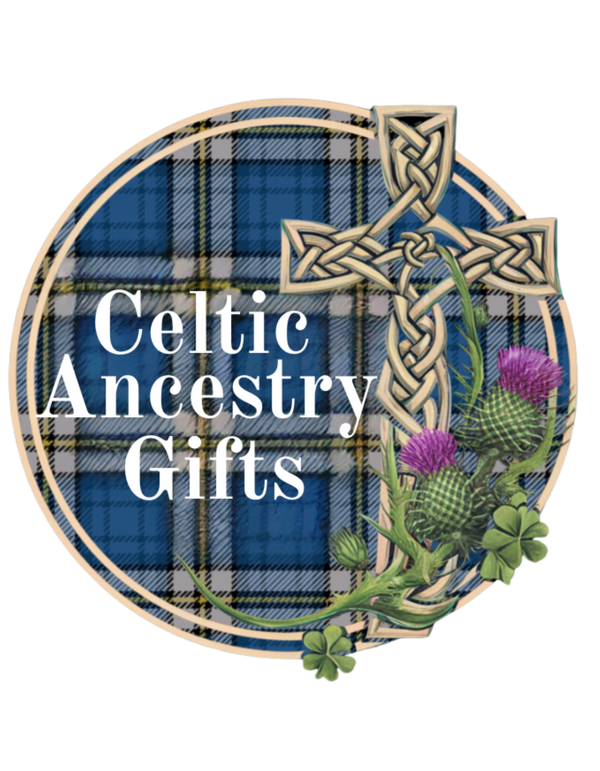
Clan Galbraith: Guardians of the Lennox and Voices of Ancient Strathclyde
Share
In the quiet glens and lochs west of Stirling, where the River Leven winds through the old lands of the Lennox, a name endures — Galbraith. It speaks of ancient Britons, of Gaelic transformation, and of a family that stood proud amid the shifting tides of Scotland’s earliest history.
Few clans can claim origins as ancient or as symbolic as the Galbraiths — whose very name means “stranger Briton,” a reminder of their descent from the old Celtic kingdom of Strathclyde. To bear the name Galbraith is to carry the legacy of those first Scots who stood their ground when kingdoms rose and fell around them.
1️⃣ Introduction: Children of Two Worlds
The Galbraiths belong to that rare circle of Scottish families whose lineage bridges two worlds — the early Celtic Britons of Strathclyde and the Gaelic Scots who came to dominate the Highlands and Lowlands.
Their story begins long before the clan system took shape, in an era when the Britons of the west held sway over what is now Dunbartonshire, Lanarkshire, and Renfrewshire. They were kin to the ancient kings of Alt Clut (Dumbarton Rock), and their descendants would go on to play key roles in medieval Scotland as warriors, lairds, and loyal supporters of the Earls of Lennox.
Through centuries of conflict, alliance, and change, the Galbraiths remained steadfast — guardians of their name, defenders of their lands, and proud heirs to one of Scotland’s most intriguing heritages.
2️⃣ History & Origins: The “Foreign Britons” of Strathclyde
The name Galbraith is among the oldest in Scotland, and one of the few that can be traced to the ancient British (Cymric) language. It comes from the Gaelicized form Mac a’ Bhreatannaich, meaning “son of the Briton,” or Gall-Bhreatannach, meaning “foreign Briton.” The term likely described a Brythonic-speaking people living among Gaels — those who were once native to the Kingdom of Strathclyde before Gaelic influence took hold.
The first recorded chief of the name, Gillcrist Bretnach, appears in the 12th century as a noble associated with the Earls of Lennox. His descendants adopted the name Galbraith and held lands around Craigmaddie and Baldernock, in what is now East Dunbartonshire.
By the 13th and 14th centuries, the Galbraiths were firmly established as vassals of the Lennox family — a position that brought both prestige and peril. Their principal seat became Craigmaddie Castle, overlooking the fertile lands near the River Kelvin, from which they could watch over the approaches to the Lennox heartland.
The Chiefs of Craigmaddie
The Galbraith chiefs served as loyal allies to the Earls of Lennox, providing men and support during Scotland’s early wars of independence. Yet, as with many noble families of the period, their fortunes shifted with the politics of the crown.
In the 16th century, Robert Galbraith of Culcreuch, one of the most notable members of the clan, served as a Lord of Session (a judge) under King James V. His reputation for fairness and scholarship reflected the clan’s long tradition of leadership.
The Fall of the Culcreuch Line
Despite their noble standing, the Galbraiths became entangled in local feuds and the turbulent politics of the Lennox. In 1624, the chief’s line lost the estate of Culcreuch Castle, marking the decline of their power as a landed family. Some moved into Stirlingshire and Argyll; others settled farther afield, blending into the fabric of Lowland society.
Though their political influence faded, the name survived — carried by soldiers, scholars, and emigrants who kept alive the pride of their Strathclyde roots.
3️⃣ Spelling Variations & Related Names
Over the centuries, the Galbraith name has taken several spellings, though all stem from the same root:
-
Galbraith — the most common modern form, dominant in Scotland and North America.
-
Galbreath — a softer Anglicized spelling common in Ulster and colonial America.
-
Galbreth or Galbrath — less frequent variants found in early parish records.
Associated Families and Septs
While Clan Galbraith was never as large as some Highland houses, its branches spread widely. Families connected through marriage or service include:
-
Galbreath of Culcreuch – the principal chief’s line.
-
Galbraith of Gartconnel – a cadet branch in the Lennox district.
-
Galbraith of Balgair and Galbraith of Ballindalloch – later branches.
Because of their close association with the Lennox earldom, the Galbraiths often intermarried with related families such as the Menteiths, Buchanans, and MacFarlanes — all of whom shared the same Gaelic and Brittonic borderlands.
4️⃣ Landmarks & Regions of Clan Galbraith
The Lennox Heartland
The Galbraith homeland lies in the Lennox — that historic district encompassing Loch Lomond, Dumbarton, and parts of Stirlingshire. The clan’s earliest lands centered on Craigmaddie, near Baldernock, and extended into Campsie and Strathblane.
The name Lennox itself comes from the Gaelic Leamhnachd, “the smooth stream land,” and its tranquil beauty still conceals centuries of history. Here, among wooded hills and sparkling lochs, the Galbraiths lived as minor nobles, farmers, and warriors.
Culcreuch Castle
Perhaps the most famous Galbraith landmark is Culcreuch Castle, near Fintry in Stirlingshire. Built in the 14th century, it became the clan’s seat for over two hundred years. The castle’s thick walls and picturesque setting made it both a fortress and a home.
Though the estate passed out of Galbraith hands in the early 1600s, it remains one of the best-preserved tower houses in central Scotland — a stone reminder of the clan’s prominence in the Lennox.
Craigmaddie and Baldernock
Other Galbraith strongholds included Craigmaddie, an ancient property near Baldernock parish. Local tradition holds that stones from the old Galbraith tower were later used to build surrounding farmhouses, carrying the clan’s legacy into the landscape itself.
The Modern Clan Centre
While Clan Galbraith does not possess a chief formally recognized today, the clan’s heritage is preserved by descendants and genealogical societies worldwide, particularly in Scotland, the United States, and Canada. Their gatherings and research continue to honor the memory of the Lennox warriors who bore this proud name.
5️⃣ Migration & Modern-Day Presence
The dispersal of the Galbraiths began in the 17th century, when political upheavals and changing land tenure forced many families to seek opportunity elsewhere. Some migrated north to Argyll or westward to the Hebrides; others crossed the Irish Sea to Ulster, becoming part of the Scots-Irish community that would later populate North America.
By the 18th and 19th centuries, Galbraiths and Galbreaths could be found across the Atlantic world — from the colonies of Virginia and Pennsylvania to Canada, Australia, and New Zealand. In every new land, they carried their Scottish identity with pride.
Many served with distinction in the military, law, and education, continuing the tradition of leadership first established in the Lennox centuries before.
Today, the Galbraith name endures as a symbol of steadfastness and learning. Modern descendants participate in clan organizations, Highland games, and heritage research, keeping the ancient spirit of Strathclyde alive across the world.
The Galbraith tartan — a pattern of forest green, navy, and scarlet — remains a striking emblem of that lineage: grounded in the earth, tempered by courage, and forever tied to the heart of Scotland.
6️⃣ Fun Fact: The “Foreign Britons” Who Became True Scots
The meaning of Galbraith — “foreign Briton” — reveals one of the most fascinating transformations in Scottish history. It recalls a time when Celtic Britons of the old Strathclyde kingdom stood apart from the rising Gaelic Scots. Over the centuries, these “foreigners” became among the truest Scots of all — blending languages, loyalties, and bloodlines until their identity became inseparable from Scotland itself.
The Galbraiths thus represent not just one clan’s history, but the very fusion of cultures that gave birth to modern Scotland — Celtic, Gaelic, and Brittonic threads woven into one enduring tartan.
💚 Search your family name in the search bar above to explore your clan gifts — from mugs and t-shirts to blankets, ornaments, wall art, phone cases, magnets, flags, and more. Celebrate your Galbraith heritage and honor your connection to the ancient kingdom of Strathclyde.

